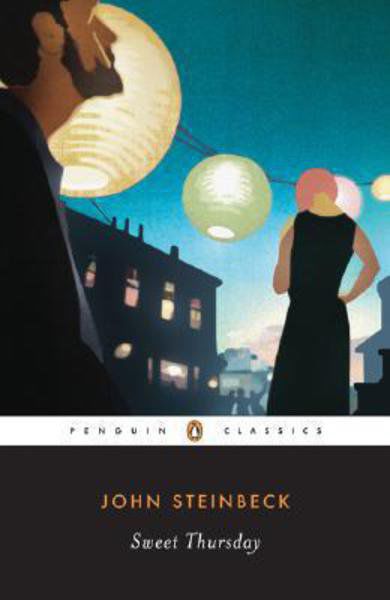BOOKS: Sweet Thursday: John Steinbeck
Published 9:30 am Saturday, April 4, 2020

- Sweet Thursday
Sequel and Nobel laureate in literature are not two ideas that normally share the same sentence.
But they do with “Sweet Thursday” and John Steinbeck.
In the 1940s, Steinbeck wrote a compact novel called “Cannery Row,” about a marine biologist living in the fish canning district of Monterey, Calif. Doc, as he’s called, lives among a group of misfits and prostitutes.
“Cannery Row” is comical and sad, whimsical and biting.
I return to “Cannery Row” every dozen or so years, like I did this past December.
Which means at some point soon after, I return to “Sweet Thursday,” the sequel to “Cannery Row,” which I did last week.
Steinbeck wrote “Sweet Thursday” in the 1950s. The cannery district has changed and World War II has changed many of the characters along the row. Especially Doc.
Whereas Doc was content being Doc living as his own man, self-contained but generous in spirit, in “Cannery Row,” he is disillusioned and believes he needs more in “Sweet Thursday.”
Underlying all of his attributes, his gifts, his generosity and his freedom moans a soulful voice uttering one word: Lonesome.
As Doc and the crew try understanding this new development, a young woman named Suzy moves into the row. She and Doc have sparks but are too different in background and outlook to make their chemistry work.
At least not without some help, nudging and pushing from the Greek chorus of hoboes and hookers living on the row.
“Sweet Thursday” is a cotton candy fantasy compared to the mix of sugar and grit of “Cannery Row.” A romance and a farce. A comic strip tone written in novel fashion.
Nothing wrong with any of that. “Sweet Thursday” is – like one of the last words in the novel – a joy.
But think of the sequel this way.
“Cannery Row” is the experience, like attending a school; it’s a book that can change you. “Sweet Thursday” is the reunion – a return to the place of the experience; it doesn’t change you but you’re glad you returned.





